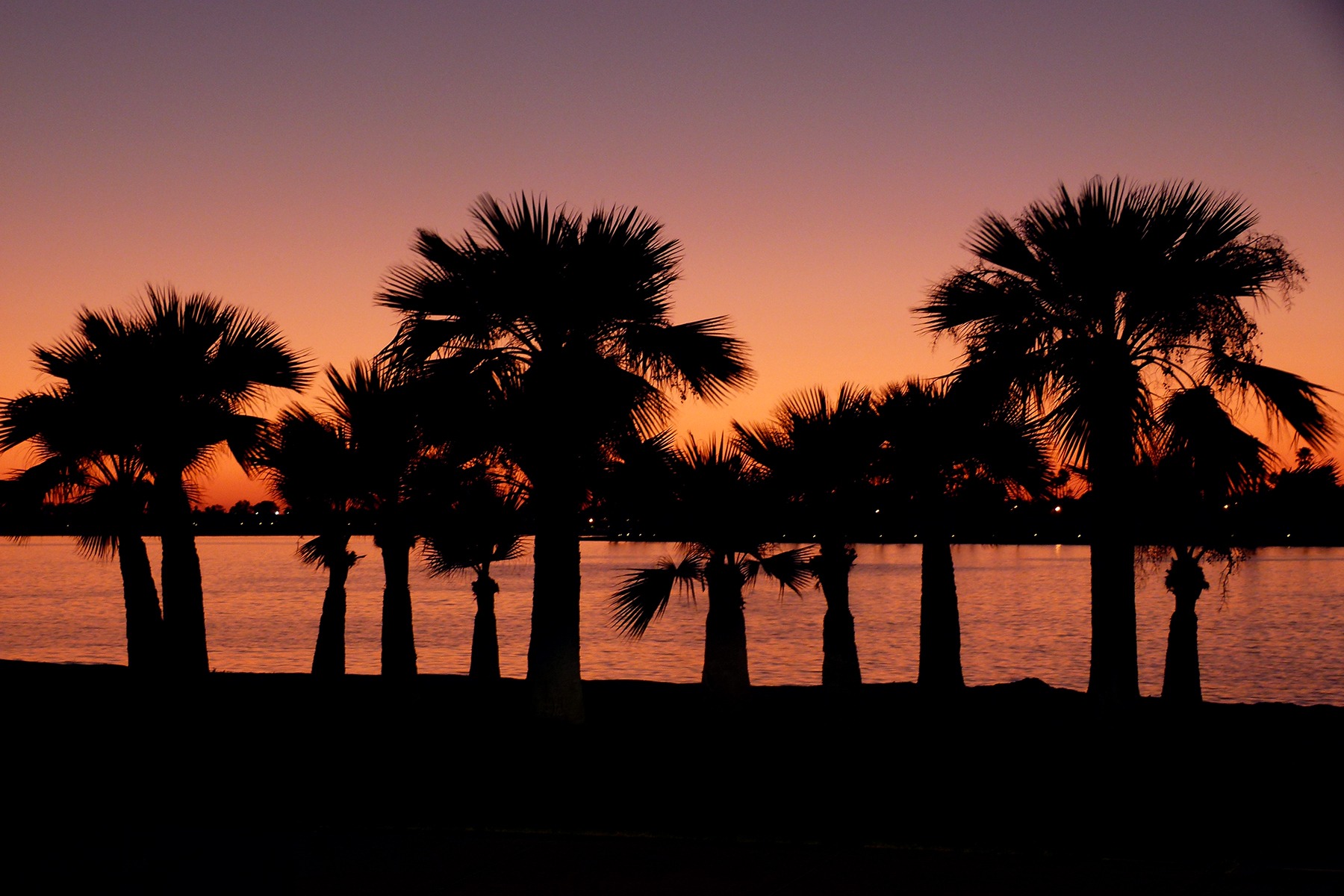By Ashly McGlone.
National City’s waterfront park space and vehicle import volumes could both double under a “balanced” land use plan supported by city and Port of San Diego officials.
Port commissioners discussed the plan for three hours last week and ultimately directed staff to put together a project that would add 2 to 3 acres onto the existing Pepper Park, add commercial businesses to the area and accommodate growing auto importer-exporter Pasha Automotive, the port’s largest tenant and operator of the National City Marine Terminal.
“Now is the time and place, after so many years, to strike a grand bargain,” said Port Vice Chairman Marshall Merrifield.
“We are extremely relieved that this land debate appears to be nearly settled due to the sincere efforts of the city of National City and the Port,” said John Pasha, senior vice president of Pasha Automotive.
The tension between Pasha’s burgeoning maritime business and limited public amenities along National City’s coast has existed for decades and resurfaced this summer after a maritime consultant recommended the port give Pasha everything it could to meet demand and increase Port revenues by millions.
Port Commissioner Bob Nelson has called Pasha’s continued growth critical to the Port’s overall operational success. The Port gets a check for every vehicle Pasha brings in or ships out and Pasha’s National City operations alone brought in $12 million in revenue in 2014.
National City Mayor Ron Morrison, on the other hand, has pointed out the disparity between the limited coastal public access in his town and that of the other port cities, including San Diego, Coronado, Chula Vista and Imperial Beach.
Pasha processed 30,000 cars at the terminal in its first year of operation in 1990. That number has grown to 400,000 vehicles and could rise to 800,000 by 2040 if given more space and a new strategic railroad spur through Port property, maritime consultant John Vickerman said.
Providing a new rail connection on a parcel known as Lot K is part of the Port and city’s long-term plans, but will require funding and an agreement from the BNSF Railway. Officials also hope to reroute Marina Way alongside the new rail line and provide a decorative sound wall to divide maritime and commercial businesses.
Though Lot K and a second parcel nearby are zoned for commercial uses, they have been temporarily leased to Pasha for vehicle parking for at least 20 years. As the primary port of entry for cars imported to the United States, including Audi, Bentley, Honda, Isuzu, Mazda, Lotus, Mitsubishi, Porsche, Volkswagen, Hyundai and Kia, much of the National City Marine Terminal is a sea of parked cars.
National City officials are eager to finally see the property developed with public amenities like restaurants and a hotel.
Another major component to the plan requires shutting down much of Tidelands Avenue to give Pasha more space to operate uninterrupted. The street is currently a main thoroughfare used by Pasha and the public to access Pepper Park, the nearby boat launch and Pier 32 Marina located along the Sweetwater Channel.
Commissioners spent a lot of time discussing the impact the Tidelands Avenue closure will have on the planned Bayshore Bikeway route, currently headed down that street.
Alternatives proposed by Pasha and National City officials move the path east alongside protected wetlands, which could pose its own troubles, officials surmised. The alternate routes will be studied further before a permanent path is chosen to be a part of the 24-mile bikeway encircling San Diego Bay.
At first blush, it doesn’t look like Pasha will be giving up much of what it wants if all elements of the balanced plan make it through the environmental permitting wringer in 2018 or 2019.
The company will get more space to operate when Tidelands Avenue is shut down, and once a 5.7-acre former tank farm site is permitted and rehabbed – adelayed project Pasha was supposed to finish by 2012, according to its 30-year terminal operating agreement signed in 2010.
It’ll be another Port tenant, not Pasha, that gives up space to add parkland. Dixieline agreed to give up an acre currently used to process lumber shipments. Another street, Goesno Place, is also being eyed for closure to expand the park.
Pasha will eventually have to vacate the 8 acres it’s temporarily using that’s zoned commercial, but development isn’t imminent. Some details of that transition and other parts of the plan still have to be worked out.
Port staff are also working to formulate a funding plan to pay for the sound wall and park enhancements – some residents have asked for a soccer field or water feature where kids can play, in lieu of a beach.
Still, National City residents and Port officials are feeling good about inching closer to that vision of energizing the small slice of the coastal South Bay near the terminal.
“We all know these things can be very contentious or we can all work together to make that win-win-win situation,” Morrison told Port commissioners.
“It was suggested to me that this would be World War III,” said Port Chairman Dan Malcolm. “It looks a whole lot better because of compromise.”
[divider] [/divider]





